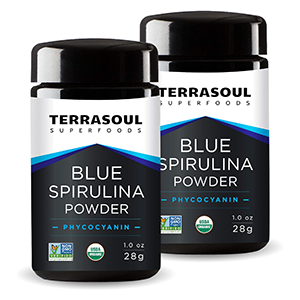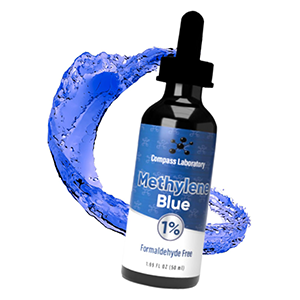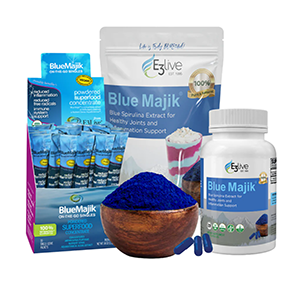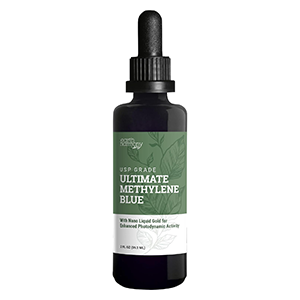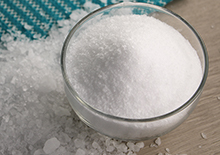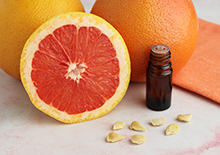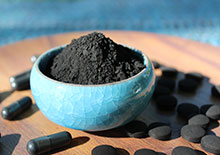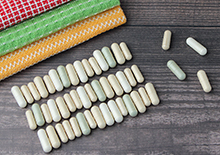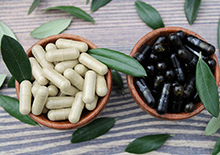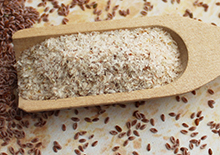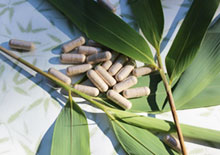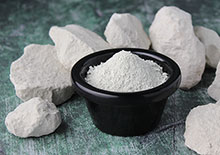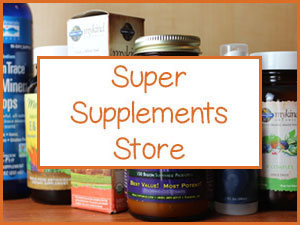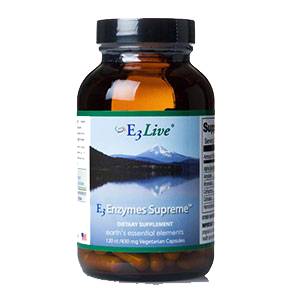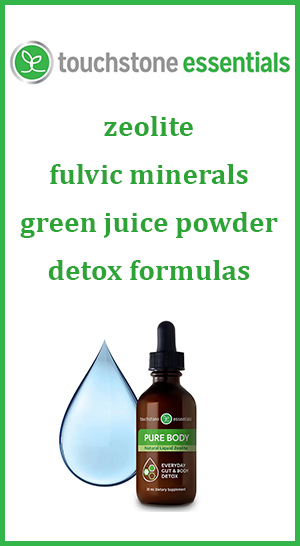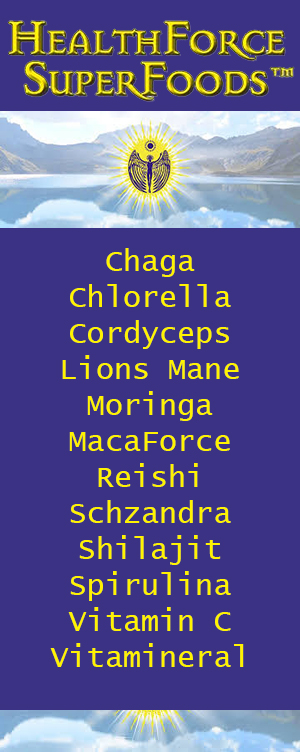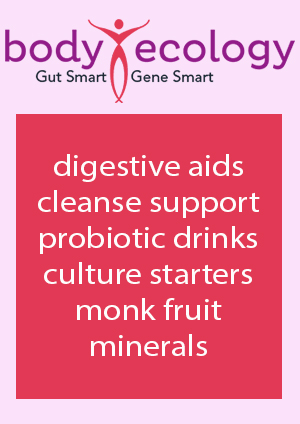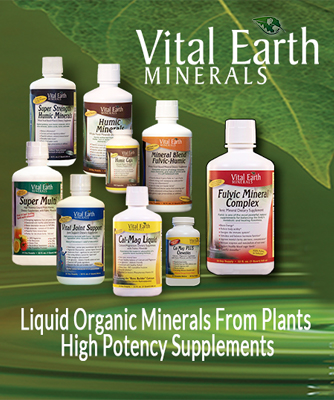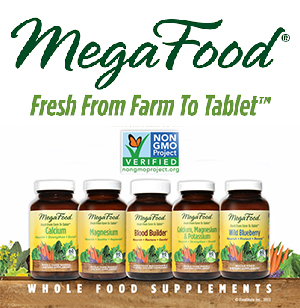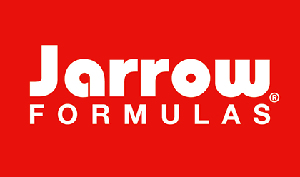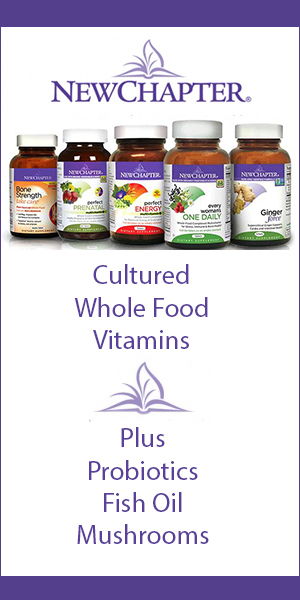- Home
- Super Supplements
- What is Methylene Blue?
What is Methylene Blue? Is It Healthy? Do We Take It?
What is Methylene Blue? | Mechanisms of Action | Claimed Benefits | Quality and Dosage | Do We Take It? | Final Thoughts | Precautions | Shop
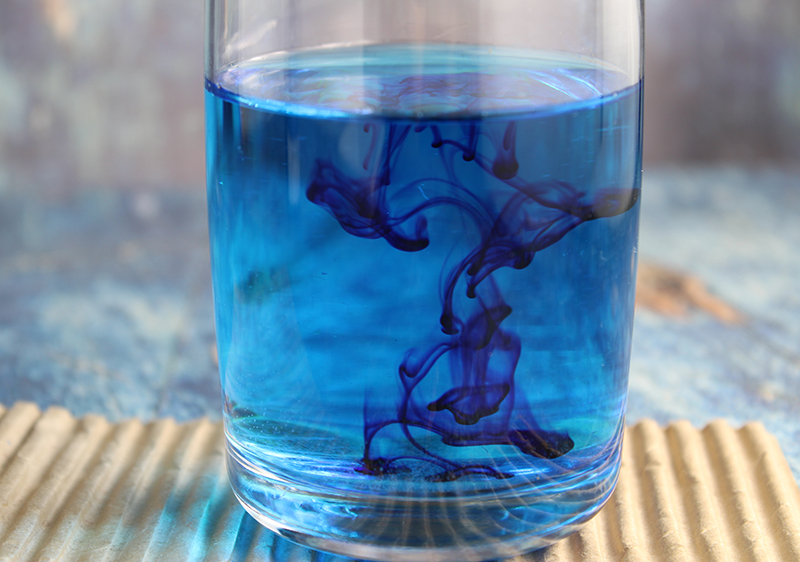
Methylene blue, also known as methylthioninium chloride, is a substance that has been taking the biohacking community by storm. Especially in the last year or so, it's been promoted by countless longevity enthusiasts as the latest and greatest nootropic that's 'claimed to give your mitochondria and mood a positive life-altering boost.
But what is methylene blue exactly? That's where things get a bit weird as it's not a natural food-based product but a synthetic chemical dye
Discovered in 1876, methylene blue is made from dimethylaniline, a derivative of aniline initially sourced from coal tar. It was originally utilized to dye textiles. Some parrot that it was once used to color blue jeans, but we have not found concrete evidence of this in historical records.
Table of Contents
What is Methylene Blue? | Mechanisms of Action | Claimed Benefits | Quality and Dosage | Do We Take It? | Final Thoughts | Precautions | Shop
It has been used in allopathic medicine for well over a century for lab staining purposes and as a surgical dye.
Later it was also developed as an FDA-approved medication initially under the ProvayBlue label and prescribed for a rare condition called methemoglobinemia. It was also used to treat malaria, urinary tract infections and employed as an antidote for carbon monoxide and cyanide poisoning.
Medically, it was administered via vein injection only. Currently, it is still on the WHO's list of essential medicines.
Modern-day off-label 1% pharmaceutical grade methylene blue is now the one used as a type of "health" supplement. It is widely available as liquid drops taken in small dose amounts.
When mixed with water it turns a deep blue and stains the tongue soon after consumption. Hence the "blue tongue" craze on many social media platforms.
This is our review of this trending so-called super supplement, how it works, its proposed benefits and if supplementation of this synthesized compound is something we promote.
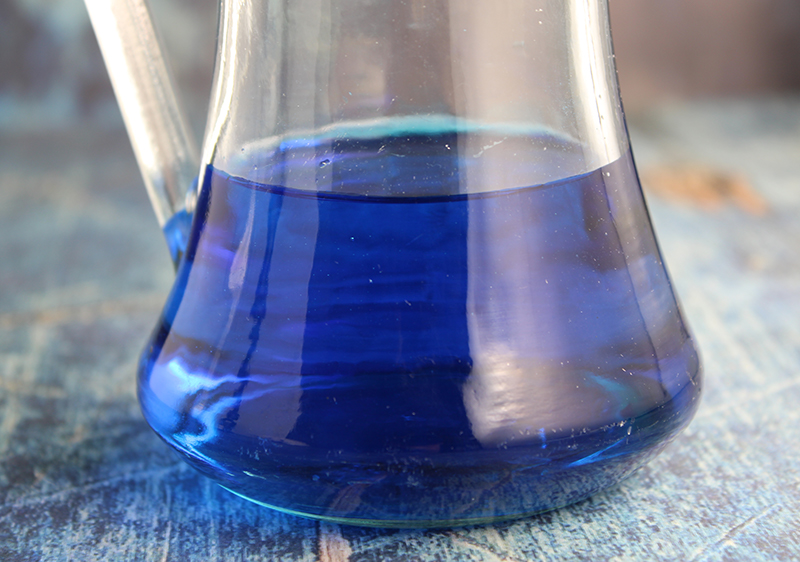
How Methylene Blue Works as a Redox Agent
Why is methylene blue considered potentially helpful to humans who ingest it? The basic underlying feature that is responsible for many of its reported benefits is that it has REDOX properties.
Redox stands for reduction-oxidation (or oxidation-reduction), a chemical reaction that changes cellular oxidative states.
For this reason, it is considered an ANTIOXIDANT.
This also means it's basically capable of receiving and donating electrons which affect what is called the mitochondrial electron transport chain. (*)
This directly influences the MITOCHONDRIA. Often denoted the "powerhouse of a cell", mitochondria are primarily accountable for the body's energy currency or ATP.
Commonly Claimed Benefits of Methylene Blue
One of the popular claimed benefits of methylene blue supplementation is that it can significantly enhance cognitive functions by crossing the blood-brain barrier and stimulating mitochondria energy production in the brain.
Some research does suggest its potential as a neuroprotective therapeutic agent in regard to age-related cognitive decline and memory. (*)
For the average person, it is declared to "dramatically" improve focus and provide the feeling of "Limitless" (ie: the movie) energy soon after intake. It's sometimes called "blue meth" for this reason and often deemed a kind of nootropic especially at low doses.
The last trendy use for methylene blue supplementation is that it can improve mood, eliminate anxiety and induce positive mental states. Again, this is often declared to be due to its influence on the brain's mitochondrial energy itself, but also because it acts as a monoamine oxidase inhibitor which, in theory, may increase levels of the "feel-good" neurotransmitters: serotonin, norepinephrine, and dopamine.
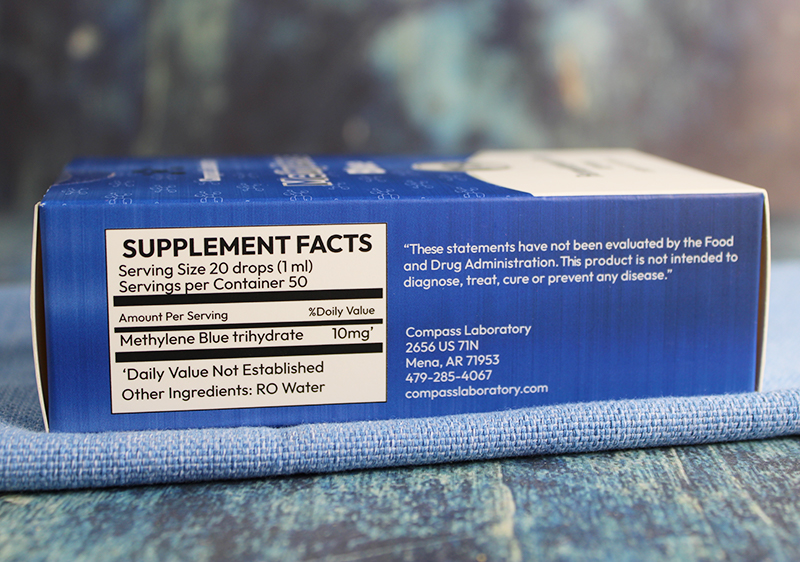
Methylene Blue Quality and Dosage
Methylene blue, the supplement variety not the medicine, is sold most predominantly as liquid drops but it is also available as an encapsulated powder.
This is an off-label pharmaceutical grade that meets the standards set by the US Pharmacopeia.
Higher quality versions are usually advertised to be 99% pure to remove impurities like heavy metals and do not contain formaldehyde which is sometimes used in the manufacturing process.
Some capsules also contain other ingredients like vitamin C and cacao powder for added support.
Dosing is supposedly very important as the "magic" is reported to only occur and lower dose amounts. The slogan is: "Less is More" when it comes to supplementation. At high doses, it is considered harmful..
Most suppliers provide a 1% solution which can average out to 2 mg methylene blue per drop.
Some say that side effects are rare when you take under 2 milligrams. Many people, however, take way over this amount. A common serving size on supplement facts labeling is often 20 drops (1mL) or 10 milligrams.
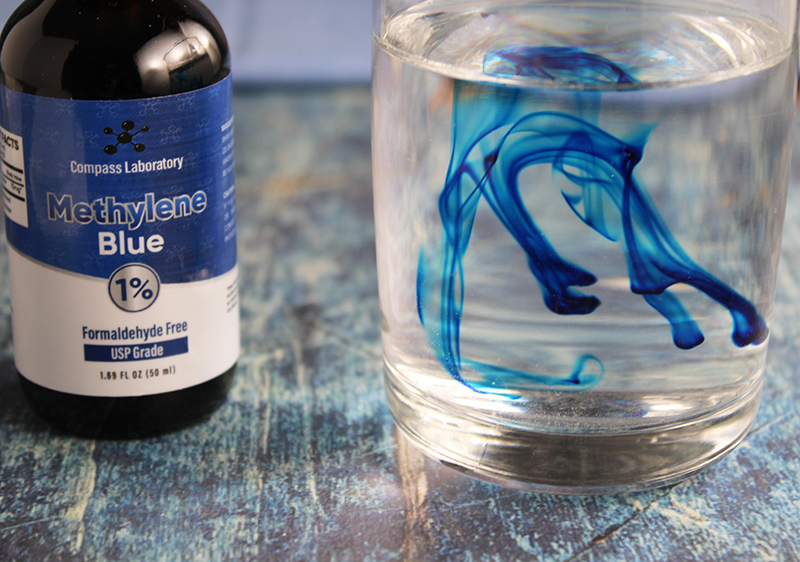
Do We Take Methylene Blue?
The short answer is No. When we initially learned about methylene blue, it wasn't something either one of us here at Superfood Evolution would ever consider taking.
Firstly, it's not considered a food-based supplement. It is a synthetic lab-produced chemical dye, albeit it is pharmaceutical grade one, yes, but nonetheless, it's not something we intuitively feel we should ingest.
When you think about most food coloring dyes, they're often on top of the list of ingredients to avoid in packaged foods. So, just saying!
Yes, it may be helpful for those with metabolic dysfunctions or rare blood disorders like methemoglobinemia, one of its original uses.
But, according to some health experts, this kind of mood-boosting git-er-done mode that seems to appeal to many biohackers functions more as a synthetic psychiatric drug than a natural nutraceutical
In addition to the notion that it is shown to stain your brain and heart a blue color, also leaves us feeling a bit skeptical. Do we really know what it does when taken on a long-term basis? It seems to be a bit of a human experiment as opposed to a lifespan extender or longevity solution.
Have we ever taken it? Yes, for the purposes of this review, one of us took very small amounts to test it out.
Final Thoughts on Methylene Blue Supplementation
While it's a trendy anti-aging toolkit item these days and reported to help with some major health issues like the big "C", we personally would approach this substance with caution if you choose to use it on a regular basis.
Because methylene blue supplementation can adversely interact with many health issues or medications (like antidepressants), it is definitely very important to consult your health professional before use for safety reasons.
We have also heard about some adverse reactions which may include:
- blue stained tongue and urine
- restlessness or agitation
- tightness in chest cavity
- lightheadedness and nausea
- red face flush and warming sensation
Along with maintaining a whole food animal and/or plant-based diet, regular exercise protocols, and healthy lifestyle habits, there are plenty of other antioxidant-rich "superfoods" to consider. Blue spirulina for example is a concentrated form of the natural antioxidant phycocyanin, probably a safer long-term option to MB.
Bottom line, we would advise getting to the root cause of things like low energy and depression rather than taking a quick fix to cover up underlying symptoms.
Precautions
It is important to AVOID methylene blue when pregnant, nursing, taking herbal or prescribed antidepressants and serotonergic drugs. There also may be other problematic and/or dangerous health issues or medication interactions, so be sure to consult your medical professional if you decide to use it.
Shop Related Products (About Affiliates & Amazon Associate Paid Links)
Affiliate Disclaimer: This section contains affiliate product links. If you make a purchase through our recommended links, we receive a small commission at no additional cost to you. Thanks for the support.
